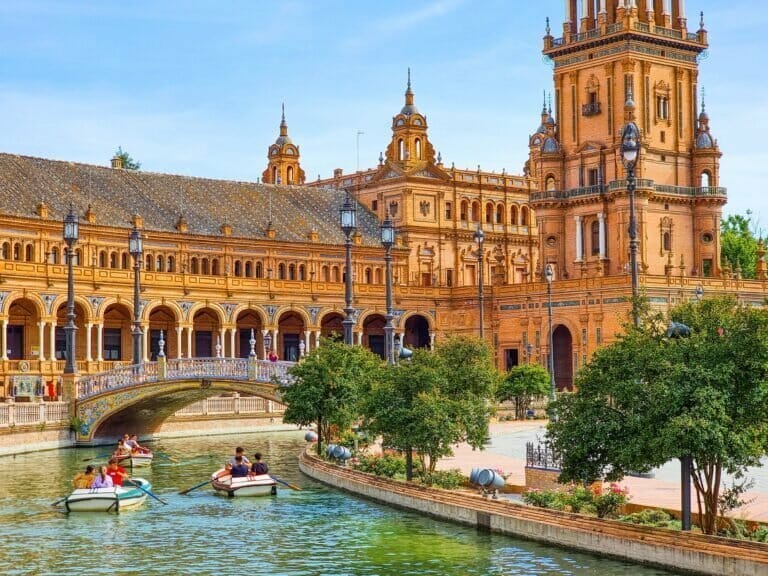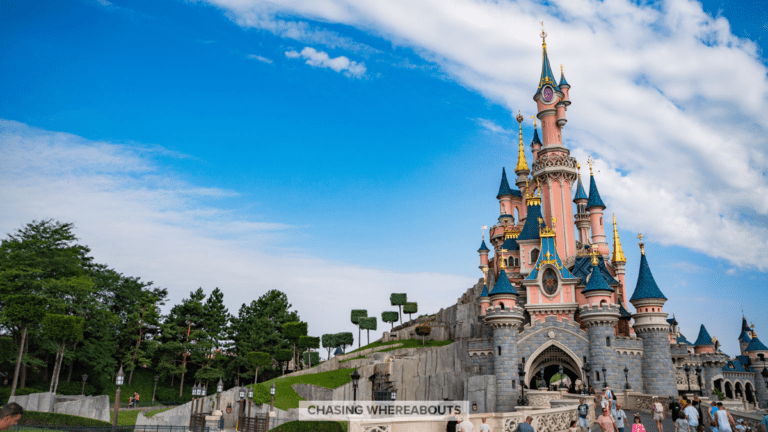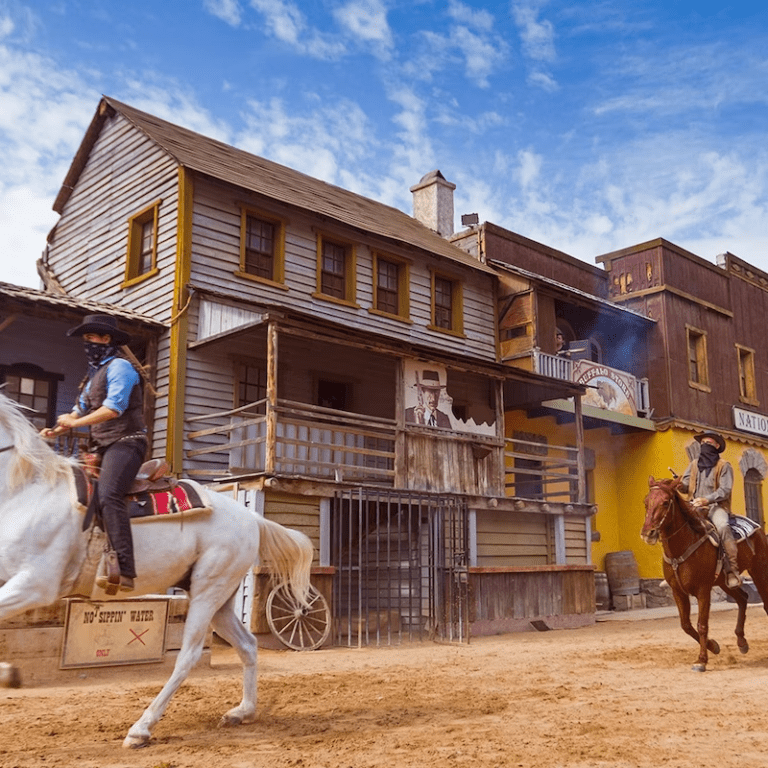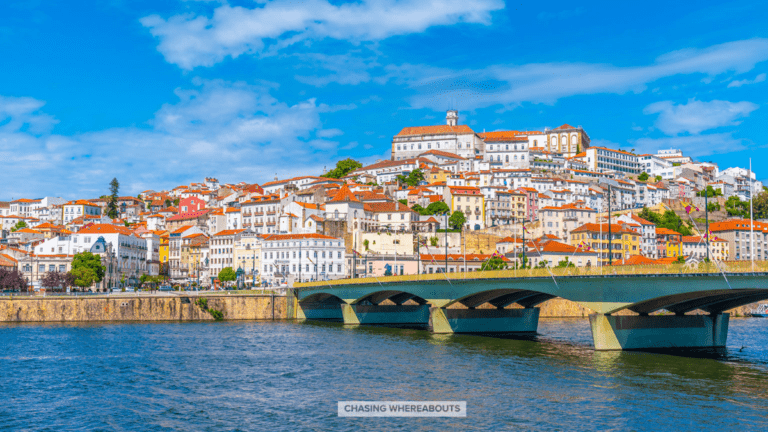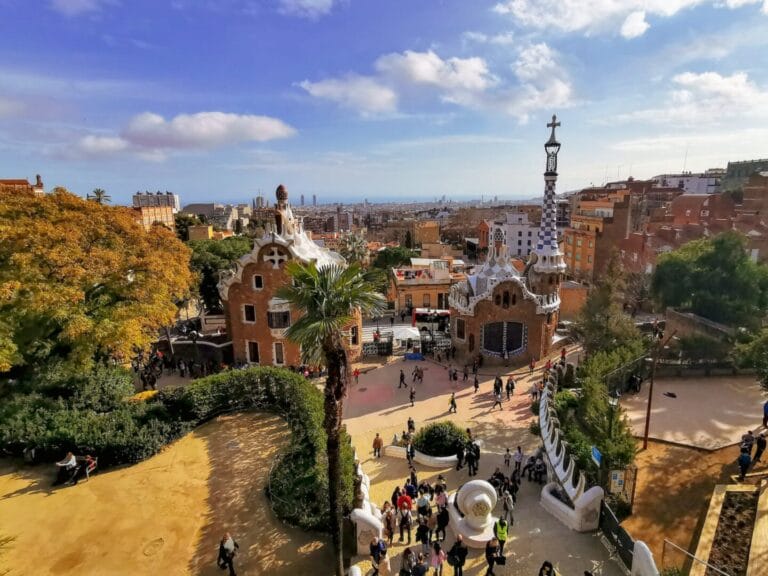Things to Do in Burgos Spain
Planning your trip to Burgos Spain then here are the Top Things to do in Burgos which you can not afford to miss.
Burgos, the former capital of the Kingdom of Castile, is a picture-perfect city full with Renaissance and Gothic structures. Due to the use of native white limestone in the construction of these splendid buildings from the 15th and 16th centuries, Burgos has a distinctively regal appearance.
You can go to various kings and queens’ graves and witness the location of the 15th-century royal audience given to Christopher Columbus. Just beyond the city, the 350,000-year-old earliest human fossils found in Europe have uncovered history of a different type.
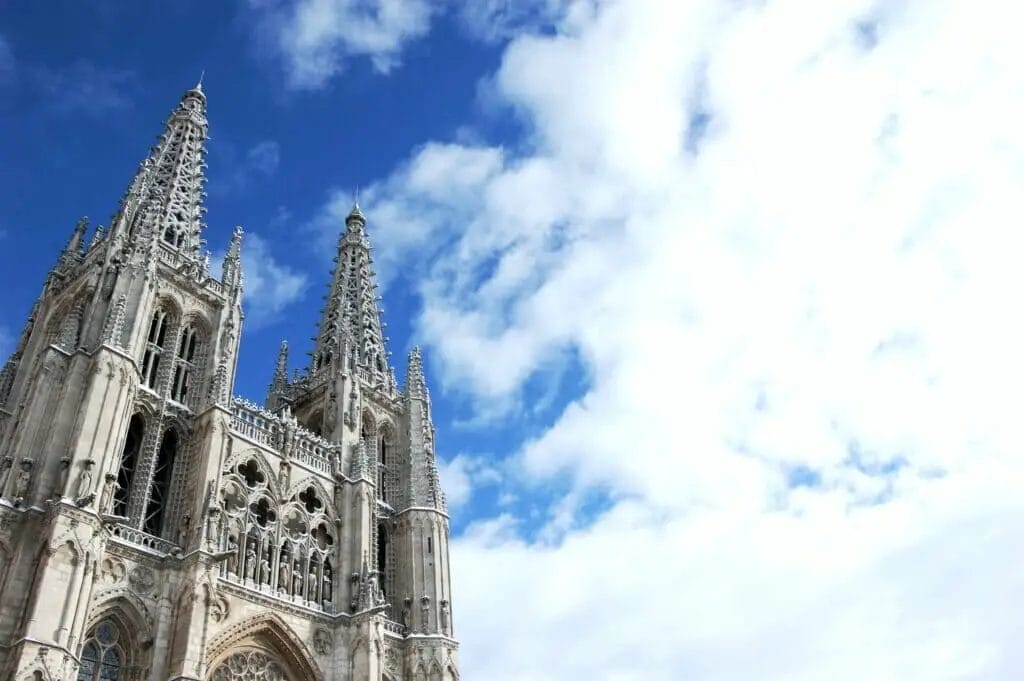
Things to do in Burgos Spain
1. Cathedral
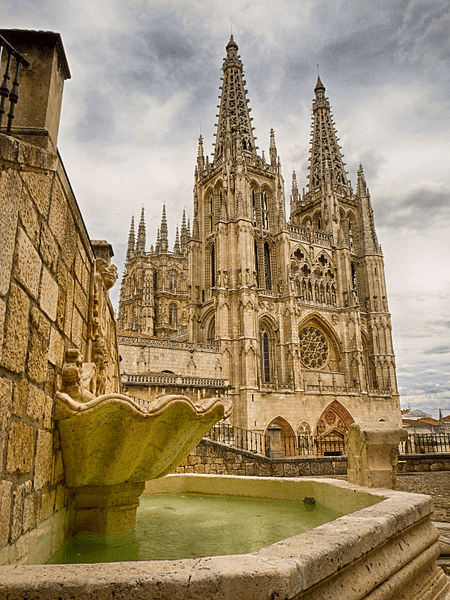
The only cathedral in Spain to have this designation without being grouped with other structures is Burgos’ 13th-century Cathedral of St. Mary.
The edifice is best approached from the west, where you’ll be met by obscenely ornate twin spires that are modelled after the mediaeval cathedrals in Paris and Reims.
But no matter which way you look, something lovely will catch your eye, whether it’s the exquisite octagonal tower on the east side or the historic carvings on the Door of the Coroner.
And you still haven’t even stepped inside! The grave of El Cid, the renowned 11th-century commander, is one among the many sights inside that are a must-see.
If you are already exploring Madrid then you might wanna take a Day Trip from Madrid to Burgos as this would be really interesting to try.
2. Monasterio de Santa María la Real de Las Huelgas
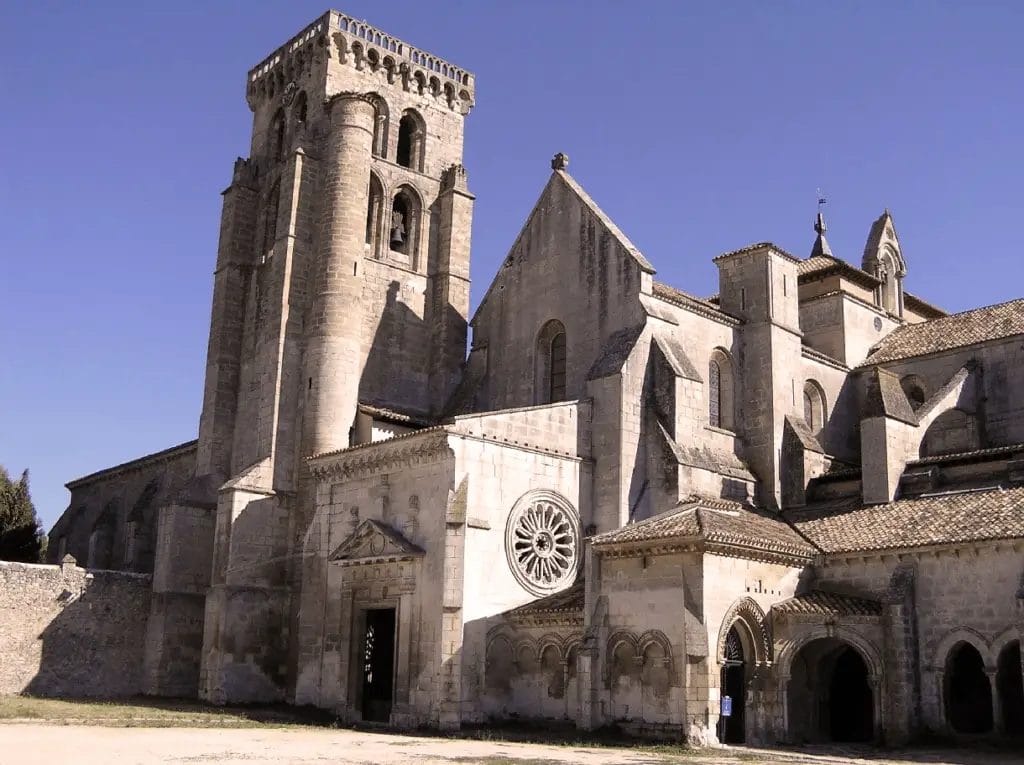
The historical significance of the following monument, which is located just outside the city’s western boundary, is equally difficult to summarise.
Nine kings and queens are buried in the monastery, and you may marvel at the splendour of their funerals in the Museo de Ricas Telas, which displays a collection of tapestries, including one that was used to adorn Al Nasir’s tent, the Almohad Caliph.
The Codex Las Huelgas, an extraordinarily rare music manuscript from the 1300s, is also kept in the monastery’s archives.
You may visit Pedro the Cruel’s birthplace and the chapel where Edward 1 (Longshanks) married Eleanor of Castile in 1254 on an exhilarating guided tour of the abbey.
3. Burgos Castle

Burgos’ tallest hill is located on the west side of the city, behind the cathedral, and banks up high. The city’s castle is located in this area, which was the first to be settled during the Iron Age.
The fortress’ exterior walls and towers are still standing, but there would be a lot more to see if Napoleon’s French army hadn’t destroyed it everything when they left Burgos in 1813.
The Mirador del Castillo, a picturesque overlook on a stone ledge with the entire city sprawled out in front of you, is a short distance below these remains.
4. A Walk Through the Historic Centre
Enjoy a refreshing beer or a cup of café con leche on Plaza Mayor while watching the town hall and the haphazard collection of painted historic structures on all sides.
You can descend a few steps to Plaza Mio Cid, where a statue of the Spanish hero riding a horse and pointing over the River Arlanzón is located.
After spending a few minutes on the Puente de San Pablo admiring the river and its lush banks, you can scurry back to the city’s historic district to peruse the shops and services on Calle Paloma and Calle de Lain Calvo. Both streets feature a twin curtain of painted apartment buildings that occasionally gives way to an old stone building.
5. Atapuerca
The largest archaeological site in the world is located east of Burgos. The oldest hominid fossils in Europe have been found in Atapuerca, and you don’t have to be an anthropology to be fascinated by what you’ll discover there.
They were first discovered in the late 1800s when a large trench was cut through these mountains for a mining train, dating the discovery to as far back as 350,000 years.
Researchers didn’t realise how old the bones were until Sima de los Huesos was discovered in the 1990s. Archaeologists from all around the world visit the site, which is continuously being explored.
A knowledgeable guide will lead you on a tour past parts carved from the limestone, each of which represents a different stage in the evolution of man
6. Museum of Human Evolution
By visiting this site either before or after Atapuerca, you may make a full day out it. The museum, which was inaugurated in 2010, features a cutting-edge design, with the basement resembling portions of the Atapuerca landscape and housing a 3D recreation of the Sima de los Huesos.
As you advance, you’ll learn more about Darwin’s theory of evolution and what we’ve discovered about human evolution from Atapuerca. Ten intricate sculptures depicting early man in various stages of growth are not to be missed.
Later, you’ll enter a faithful recreation of the ecosystem in which early humans lived in Atapuerca after ascending farther and seeing how we’ve changed since prehistory.
7. Miraflores Charterhouse
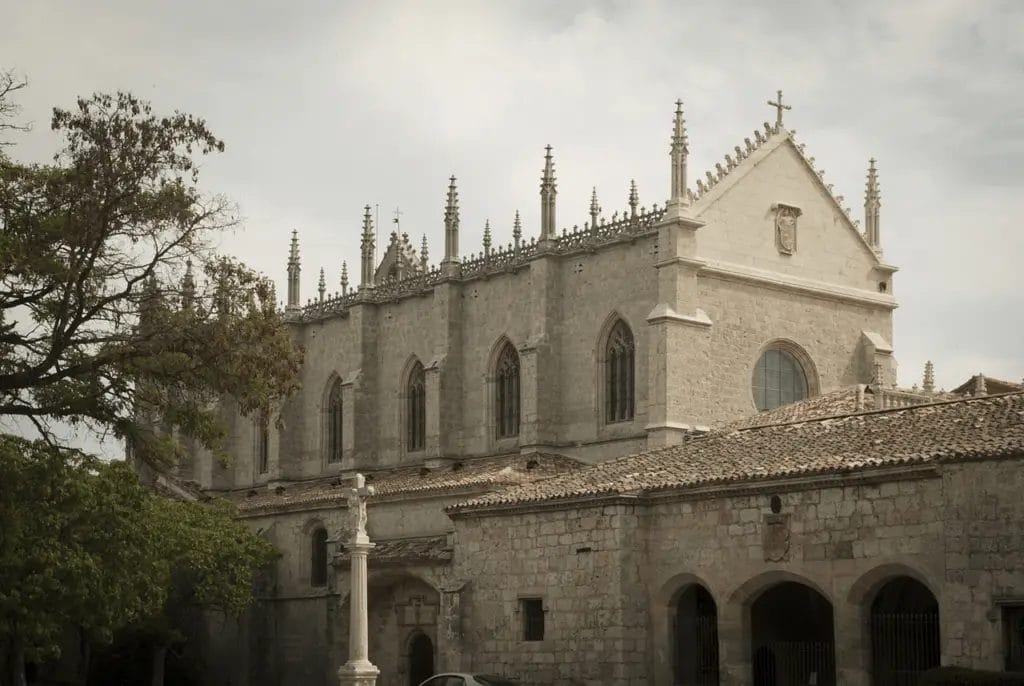
This lovely historical site is accessible on foot by following the river’s flow and is located a little distance outside of Burgos in the countryside to the east.
The monastery, which was constructed in the fifteenth century, was adapted from a hunting lodge that belonged to King Juan II and was constructed by his father Enrique III. It is a superb example of late-gothic construction with gothic and Renaissance paintings throughout and is still inhabited by monks.
Feast your eyes on the lavish high altar inside, which was embellished with the first gold shipments from the American continent. The alabaster-carved tombs of Juan II and Isabel of Portugal are very magnificent.
8. Camino de Santiago
On their way to the cathedral at Santiago de Compostela, pilgrims have long stopped at Burgos along the storied Way of St. James.
You can walk a stretch of the trail as it leaves Burgos and heads east over rolling wheat fields on the way to León, but the route into the city isn’t desirable because it passes through the city’s industrial area.
The course’s unique scallop shells serve to identify it, and people from different backgrounds participate in this enormous task every year, so it is not just for Christians.
9. Casa del Cordón
This mansion from the fifteenth century was constructed for the High Constable of Castile on Plaza de la Libertad. The Franciscan cords cut in stone above the building’s entrance are where the building gets its name.
Today, the palace houses an exhibition space on the upper levels and a bank on the main floor.
The building’s enormous historical significance is somewhat obscured by this: Not long after it was constructed, Catholic Monarchs Fernando II and Isabel I met Christopher Columbus here upon his return from his second journey to the New World in 1497.
In 1515, the Kingdom of Navarre was formally integrated into the Kingdom of Castile, and King Felipe I later passed away in the palace from what was thought to be poisoning.
10. Paseo del Espolón
This prestigious planted path on the north bank of the Arlanzón connects Burgos’ Teatro Principal with the city entrance, Arco de Santa Mara, and is frequently referred to as “El salón de la ciudad.”
Particularly on Sundays, it will be crowded with large local families who are well dressed and strolling along the paved promenade.
There are sculptures scattered around, a twin column of pollarded plane trees, and iron gas lamps from the 19th century. A charming antique carousel is approximately halfway up the promenade, which is perfect if you’re coming here with children. Cafes and bars flank the upper edge of the path.
11. Arco de Santa María
The Arco de Santa Mara, one of the 12 original mediaeval city gates, stands watch over the southern entrance at the Santa Mara bridge.
It is a massive triumphal arch from the 15th century with turrets on top. Six alcoves are located beneath these, each honouring a significant historical figure from the city. The Council of Burgos met in the interior in a room with a vaulted ceiling, an arcade, and a gallery until 1780.
It houses historical exhibits concerning Burgos, including a fine piece of Muslim plasterwork from the fortress, a gold-embroidered Castilian banner, and various El Cid-related artefacts.
12. Iglesia de San Nicolás de Bari
On Calle de Fernán González, next to the Camino de Santiogo, lies an early-15th-century church. The altarpiece, regarded as one of the pinnacles of Spanish Renaissance art, is the main draw inside.
It will take you at least ten minutes to appreciate all the intricate details of its carvings. It was created by Simón de Colonia’s workshop, which also created some of the structures that are still visible in and around Burgos, including as the Charterhouse of Miraflores.
The affluent Polanco family, whose extremely ornamental gothic graves you may also examine, funded for a large portion of the interior. Don’t forget to visit the church museum’s Flemish tapestries as well.
13. Fadrique de Basilea Book Museum
The most well-known printer in Burgos throughout the 15th and 16th centuries was possibly Fadrique de Basilea. His honorary museum, which debuted in 2010, features replicas of some of history’s most influential books.
You’ll start off in antiquity and go through manuscripts and codices from the middle ages before arriving at one of history’s major turning points: Gutenberg’s creation of the printing press.
14. Bodegas Portia
The Ribera del Duero D.O. includes this winery, which is located one hour north of Burgos. Given that British architect Norman Foster created the winery’s exterior, it is a destination unto itself.
For a tour of the facilities, you often need to make reservations in advance, but on slower days, you can just show up. The atmosphere at Portia is significantly different from that of a typical bodega because both the architecture and the wine-making process are extremely modern.
The vast metallic vats, the oak barrel ageing room, and the bottle storage section, where thousands of bottles are stacked to the roof, will all be visible to you. The encounter is completed with a sample of delectable tapas.
That was our list of Top Things to do in Burgos Spain, so if you are planning your Summer in Spain then don’t forget to try some of them.
Get your Notion Travel Planner Template!
Embark on your next adventure with the Wanderlust Planner, the ultimate Notion Travel Planner Template. Organize your wanderlust-fueled dreams and turn them into unforgettable journeys. Whether you’re a seasoned globetrotter or a newbie explorer, this template has you covered.


